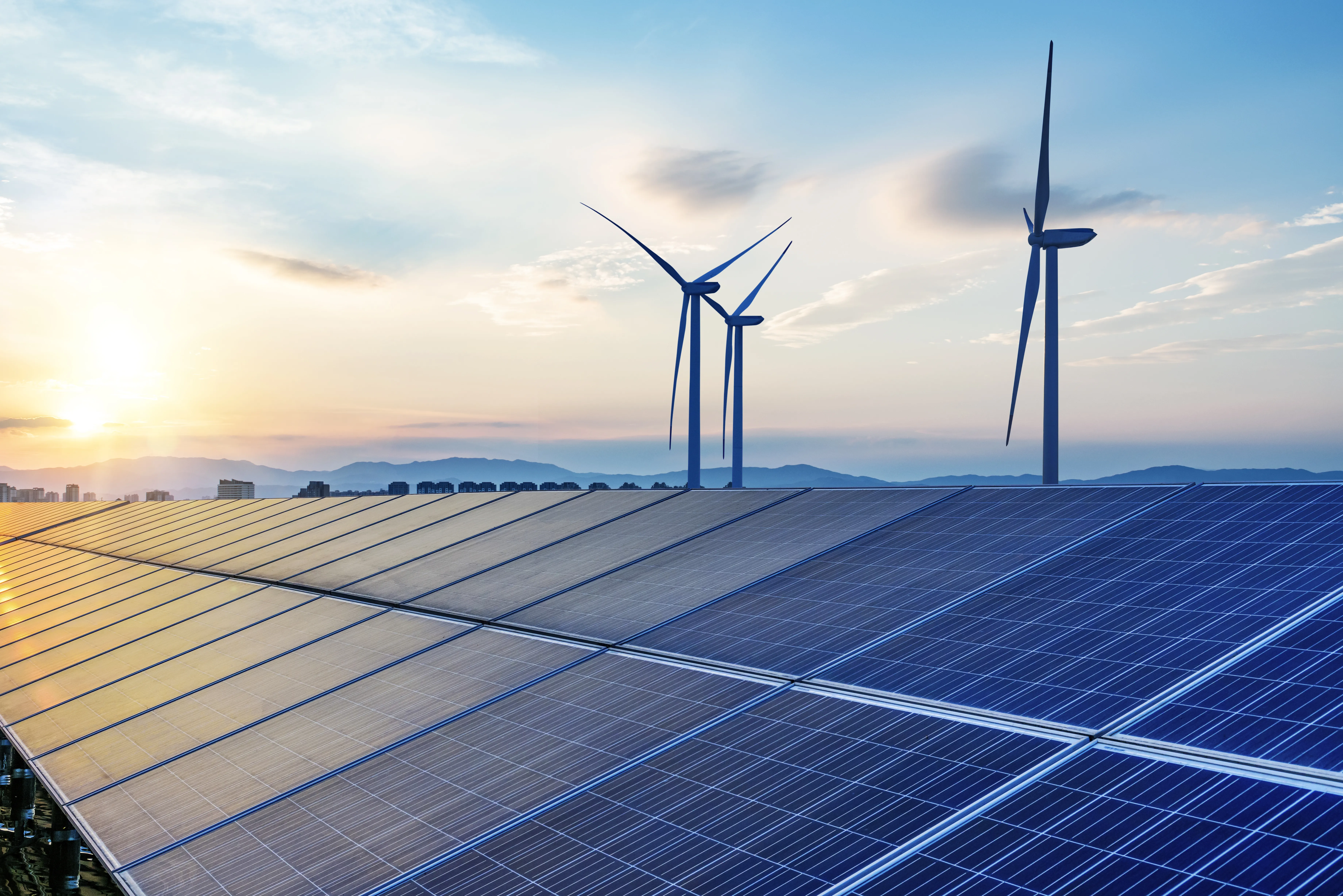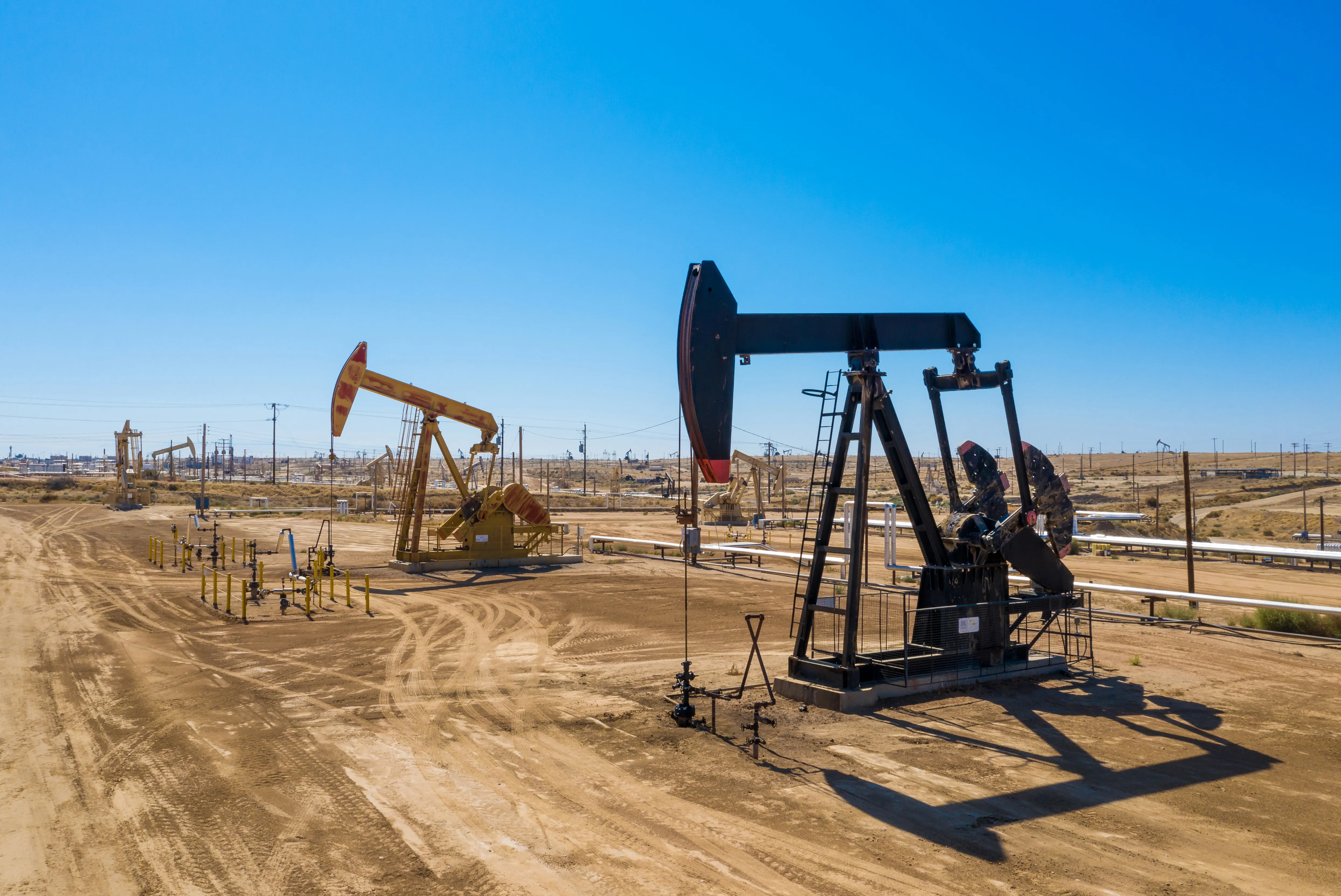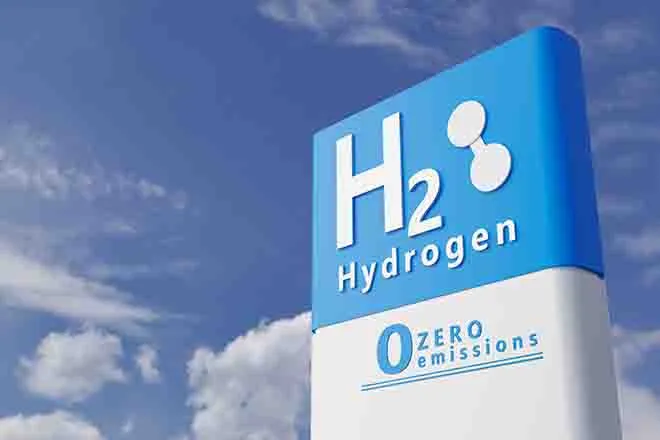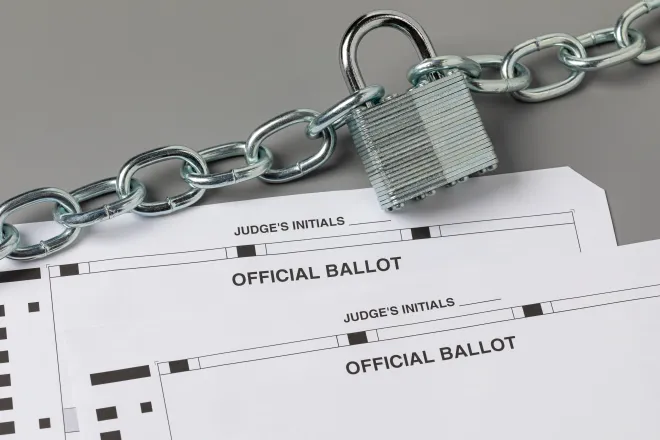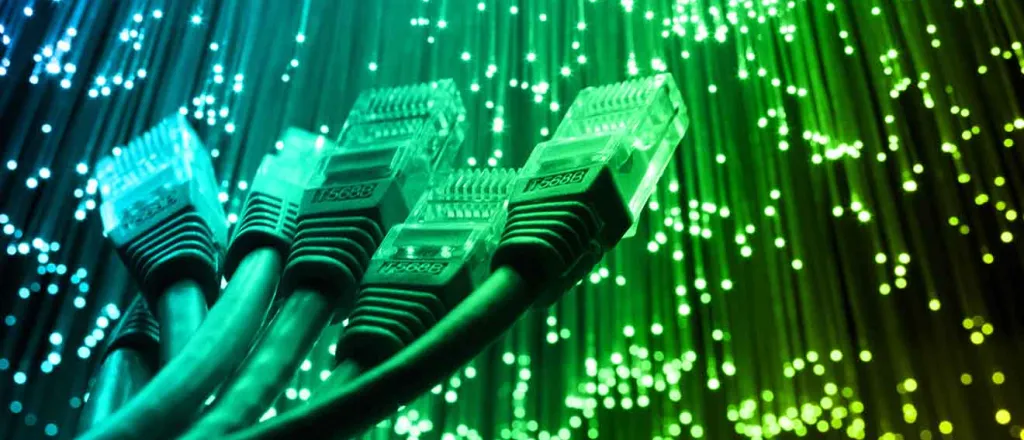
Massive data centers consuming large amounts of energy have eyes on South Dakota
Massive data centers used for cloud computing and artificial intelligence are consuming enormous amounts of energy, and developers are eyeing South Dakota as a potential location, regulators say.
These “hyperscale data centers,” or “hyperscalers,” are designed to handle immense computing demands and are often operated by tech giants. The centers are characterized by their large size — often tens of thousands of square feet — and thousands of computer servers that require significant energy to operate.
Nick Phillips with Applied Digital in Texas, a developer of the centers, highlighted South Dakota’s appeal: a cold climate that cuts down on cooling a room full of hot servers, and abundant wind energy that’s consideredone of the most cost-effective renewable energy sources, which can help keep operating costs down.
We’re talking loads that eclipse some of the largest cities in South Dakota.
– Bob Sahr, former public utilities commissioner and current CEO of East River Electric Cooperative
State regulators are not aware of any hyperscale data centers currently operating in South Dakota.
“There isn’t a requirement to report hyperscale data centers to the commission, so we don’t have a formal method to track that information,” said Leah Anderson with the Public Utilities Commission.
Commissioner Kristie Fiegen noted that the state’s largest existing data center is a 50-megawatt facility in Leola.
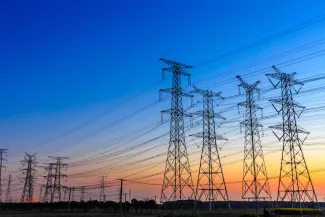
© zhaojiankang - iStock-802436842
“We don’t know what’s coming,” she said. “But the utilities are getting calls every week from people trying to see if they have the megawatts available.”
The commission recently hosted a meeting in Pierre with representatives from regional utilities, regional power grid associations and data centers. The goal was to understand the emerging demands and facilitate an information exchange.
Bob Sahr, a former public utilities commissioner and current CEO of East River Electric Cooperative in Madison, emphasized the scale of energy needed.
“We’re talking loads that eclipse some of the largest cities in South Dakota,” he said.
A single data center campus can require anywhere from 300 to 500 megawatts of electricity to operate. One megawatt can power hundreds of homes. By one estimate, there are over 1,000 hyperscalers worldwide, with the U.S. hosting just over half of them.
Ryan Long, president of Xcel Energy, headquartered in Minneapolis, illustrated the extreme nature of the demand.
“We now have, I would say, north of seven gigawatts of requests across the Xcel Energy footprint for data centers to locate in one of our eight states,” he said. “And I’ll be very frank that there’s no way that we’re going to be able to serve all of that in a reasonable amount of time.”
Protecting existing customers from potential costs or energy shortages is another shared concern. Utility representatives emphasized the need for coal and natural gas to maintain a reliable “base load” when renewable sources like wind and solar are unavailable. Arick Sears of Iowa-based MidAmerican Energy underscored the point, noting that costs for each data center should depend on how much energy it consumes.
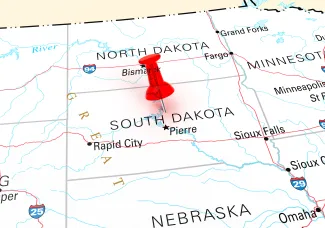
“We need to ensure that large-scale energy users are paying their fair share,” he said.
Utilities also flagged the risk of “stranded costs,” referring to a data center ceasing operations, leaving a utility with added infrastructure to meet a demand that no longer exists. They said financial safeguards will need to be written into power agreements with hyperscalers.
Speed of deployment is another pressing issue. Representatives from Montana-Dakota Utilities, headquartered in North Dakota, and NorthWestern Energy, headquartered in Sioux Falls, noted that some facilities expect to be operational within months of making a deal, straining infrastructure, planning and resources.
Grid managers Brian Tulloh of Indiana-based Midcontinent Independent System Operator and Lanny Nickell of Arkansas-based Southwest Power Pool echoed those concerns. They warned that data center growth is outpacing the grid’s ability to meet demand and cautioned against decommissioning coal power plants too quickly. Setting aside how much it would cost to produce the required energy, Tulloh estimated that MISO needs $30 billion in electric transmission infrastructure to support the demand from hyperscalers.
“The grid wasn’t designed for that,” Public Utilities Commissioner Chris Nelson told South Dakota Searchlight after the meeting.

© metamorworks . iStock-968113166
Nelson was glad to hear the data centers will include backup generators, similar to hospitals, for power outages or when homes need prioritization. He said some even aim to have huge batteries to power the plant until the generators get going. They would consume massive amounts of diesel and natural gas until the outage is over.
Nelson said all of this makes modern nuclear energy facilities more attractive. He said few alternative “base load” options remain, and the public has little appetite for ramping up coal power.
NorthWestern Energy is exploring the possibility of constructing a small nuclear power plant in South Dakota, with an estimated cost of $1.2 billion to $1.6 billion for a 320-megawatt facility. The plant would be the first in the state since a test facility near Sioux Falls in the 1960s.
The company is conducting a study, partially funded by the Department of Energy. Details about the study and potential plant sites remain confidential.
Additionally, South Dakota’s Legislature has shown interest in nuclear energy, passing a resolution for further study on the topic that led to the publication of an issue memorandum by the Legislative Research Council.
South Dakota Searchlight is part of States Newsroom, a nonprofit news network supported by grants and a coalition of donors as a 501c(3) public charity. South Dakota Searchlight maintains editorial independence. Contact Editor Seth Tupper for questions: info@southdakotasearchlight.com. Follow South Dakota Searchlight on Facebook and X.

